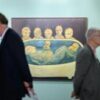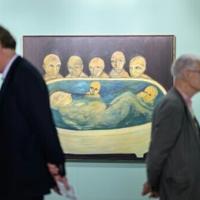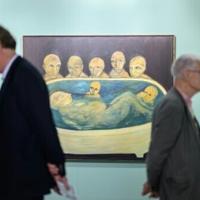Is the concept of mass media still relevant in the era of digital and social media dominance?
In the good old days, big advertisers with substantial media budgets could leverage the power of mass media—TV, newspapers, weekly magazines, and OOH media—to maximise awareness of their product launches or brand campaigns.
However, in today’s world, most people are glued to their mobile phones, even during their commutes. The lifestyle of sitting at home to watch primetime TV is becoming less common. This shift in media consumption habits has led to a redefinition of ‘mass media,’ which now includes digital platforms and social media.
The challenge of reaching diverse audiences
Without traditional mass media, how can brands still launch campaigns that must reach diverse audiences? What should the media mix look like?
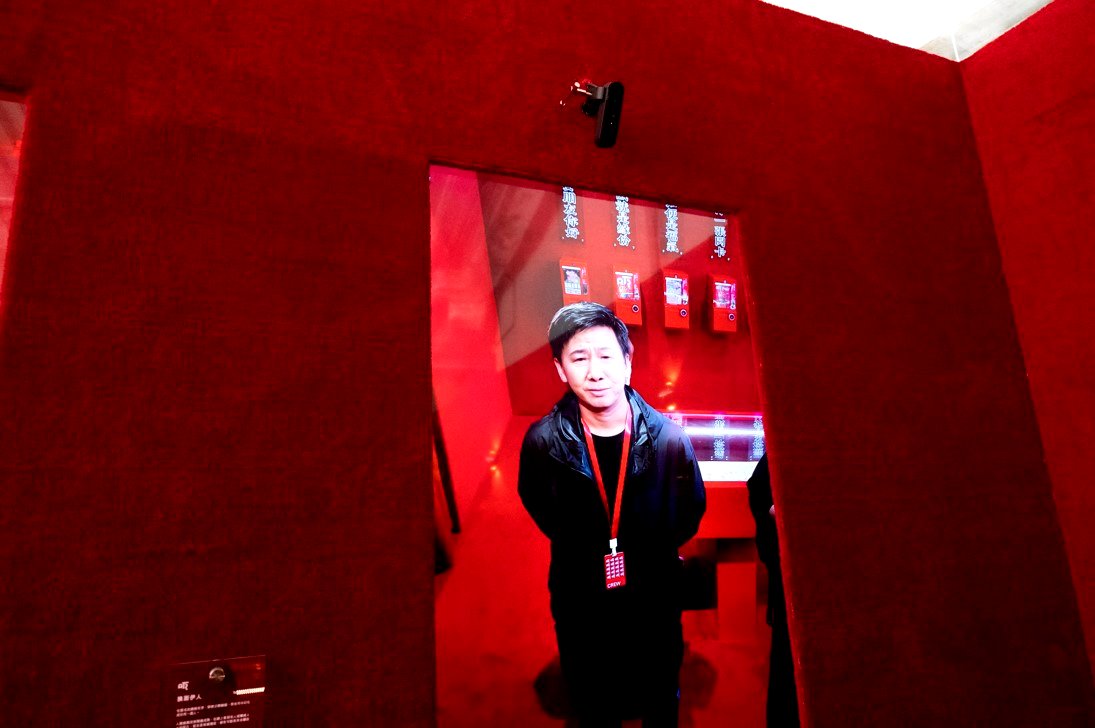
When we received the brief from our client, HSBC, for an anti-fraud campaign, our task was to educate the general public about various scammers’ tricks.
One key challenge was finding the best way to broadcast the message to our target audience, which included everyone with a bank account or mobile phone whom scammers could target. This broad target audience posed a unique challenge, as we had to find a medium and a message that would resonate with people from all walks of life.
Art exhibitions as a new mass medium
With the opening of M+ and the popularity of Art Basel and various art exhibitions in Hong Kong, we realised that these events had become a popular weekend leisure activity for people from all walks of life.
This shift in consumer behaviour presented an opportunity: art exhibitions have become a new mass medium in Hong Kong, offering a unique platform to reach a diverse audience.
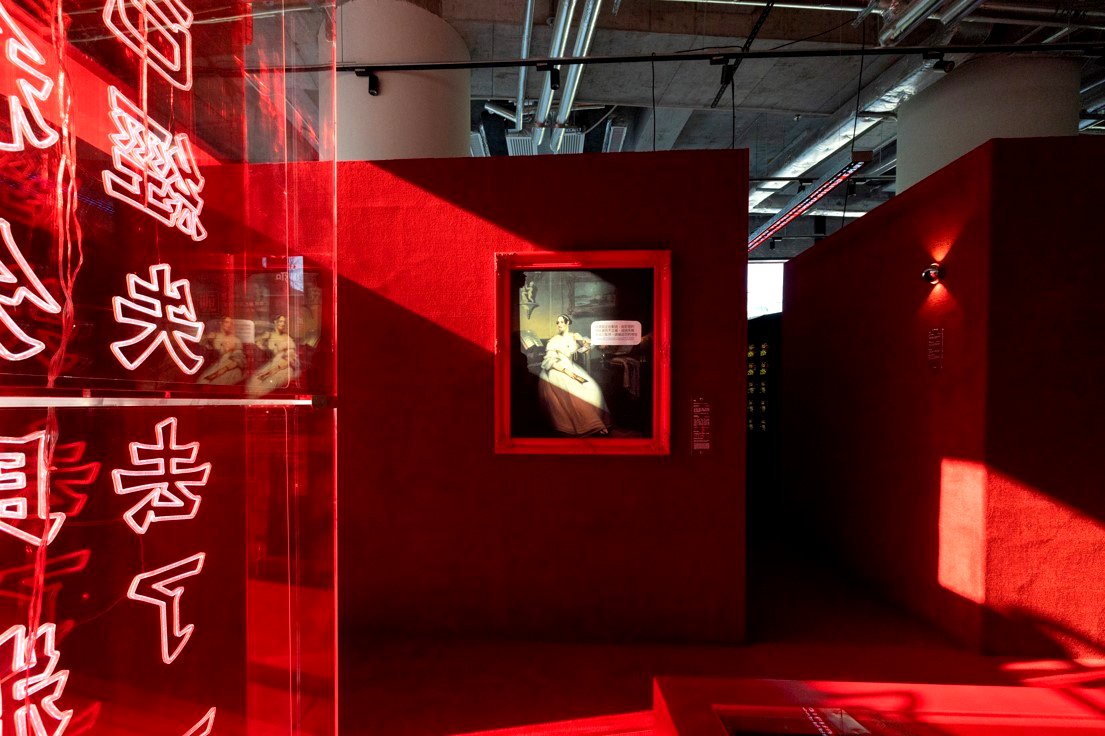
Then came the idea: When taken to an extreme, anything can become art, including fraud. We reimagined some of the most common fraud cases and turned them into pieces of art exhibits. We launched the first-ever HSBC Fraud (呃) Fair.
For instance, we transformed interactive video panels into art pieces that mimicked the process of a deep fake scam.
We installed five vending machines as art pieces where visitors could draw artistic blessing flashcards with codes for the elderly to protect them from scams. Most importantly, we hosted this exhibition at a high-traffic shopping mall and opened it publicly for free.
As my client, Cheuk Shum, head of marketing, wealth & personal banking at HSBC, aptly put it, “Most people think they will not fall prey to scammers and fraud until it happens to them or their closest. At the same time, the usual educational content tends to be rather boring and conventional, so the challenge for us was to turn it into a fun and engaging form that people would be intrigued in finding out more.”
“Through this process, learn about how they can protect themselves and their families from the latest scams. The exhibition concept, along with the playful creative, worked effectively with the media strategy in reaching our broad target customers,” Shum added.
The impact and recognition of the HSBC fraud fair campaign
The HSBC Fraud (呃) Fair campaign reached people from all walks of life and various community groups, including high school and university students and older people, who initiated tours to visit our site.
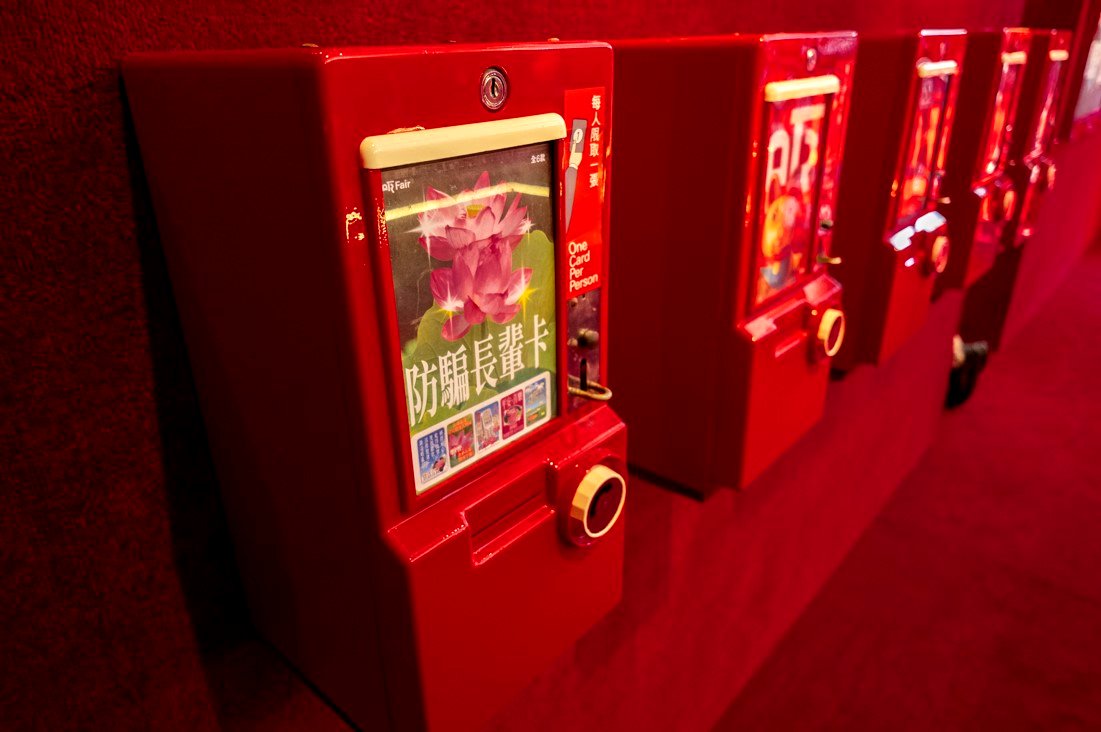
The campaign aimed to raise awareness about various fraud tactics and educate the public on protecting themselves, aligning perfectly with our client’s goal of combating fraud.
We were thrilled to hear positive feedback from industry peers and grateful when the judges of the MARKies Awards 2024 selected this campaign as the “Best of Show” for this year.
However, the most satisfying outcome for our HSBC clients and us was that this campaign earned extensive organic coverage from news outlets, radio shows, and social media and successfully drew attention from the general public despite our limited media budget.
We also received positive feedback in person from friends, relatives, and even occasionally strangers, from young people to older people.
They expressed their appreciation for the campaign’s interesting approach and its effectiveness in raising awareness about fraud. This feedback further validated the success of our strategy and the campaign’s ability to resonate with the general public.
Lessons from Jeff Goodby: Relevance over awards
This campaign reminds me of an insightful article by Jeff Goodby, one of my most respected creative directors. In it, Goodby emphasised the growing irrelevance of advertising work to the general public despite its accolades within the industry.
Goodby illustrated this disconnect with his ‘cab test’: When a taxi driver asks if they’ve done anything familiar, many award-winning ad professionals must admit that most of their work is unknown to the public.
As Goodby succinctly put it, “We are becoming irrelevant award-chasers.” Our focus should always be on creating work that resonates with the public, making our industry famous outside the walls of our agencies and awards shows.
While we are incredibly proud that the HSBC Fraud Fair campaign was awarded “Best of Show” at the MARKies 2024, we are even prouder that the work should be qualified to pass the “cab test” described by Goodby.
By reimagining fraud cases as an art exhibition, we effectively communicated our message to a broad audience, proving that creativity and relevance can still triumph in today’s digital age.
This article is sponsored by Hungry Digital.
This post was originally published on this site be sure to check out more of their content

